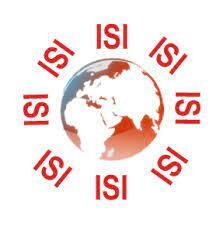The Role of Geographical Information System (GIS) in Analysis of Public Health Accessibility in Rwanda. Case Study: Nyagatare District
DOI:
https://doi.org/10.62103/unilak.eajst.13.1.213Keywords:
GIS, Health, Public Health Accessibility, NyagatareAbstract
Access to public health facilities is an important component of an overall health system and has direct impact on the burden of diseases that affects many countries in developing countries. With the help of ARCGIS 10.6, we identified different factors in Nyagatare district that prevent the population from accessing public health facilities such as the availability and geographical location of health centers. This analysis based on the literature review to understand what other authors wrote about the concept of health facilities. Spatial pattern of health distribution was examined using average nearest neighbor and near analysis in ArcGIS 10.6 was used to determine the distance from population to health center within Nyagatare district. Travel time per patient was calculated using ArcGIS software based on the mode of transport such as driving and walking. The result shows that the most populated areas such as urban areas in Nyagatare have more access to public health facilities than the rural areas. This analysis can assist decision makers in Nyagatare district in planning for public health services.









